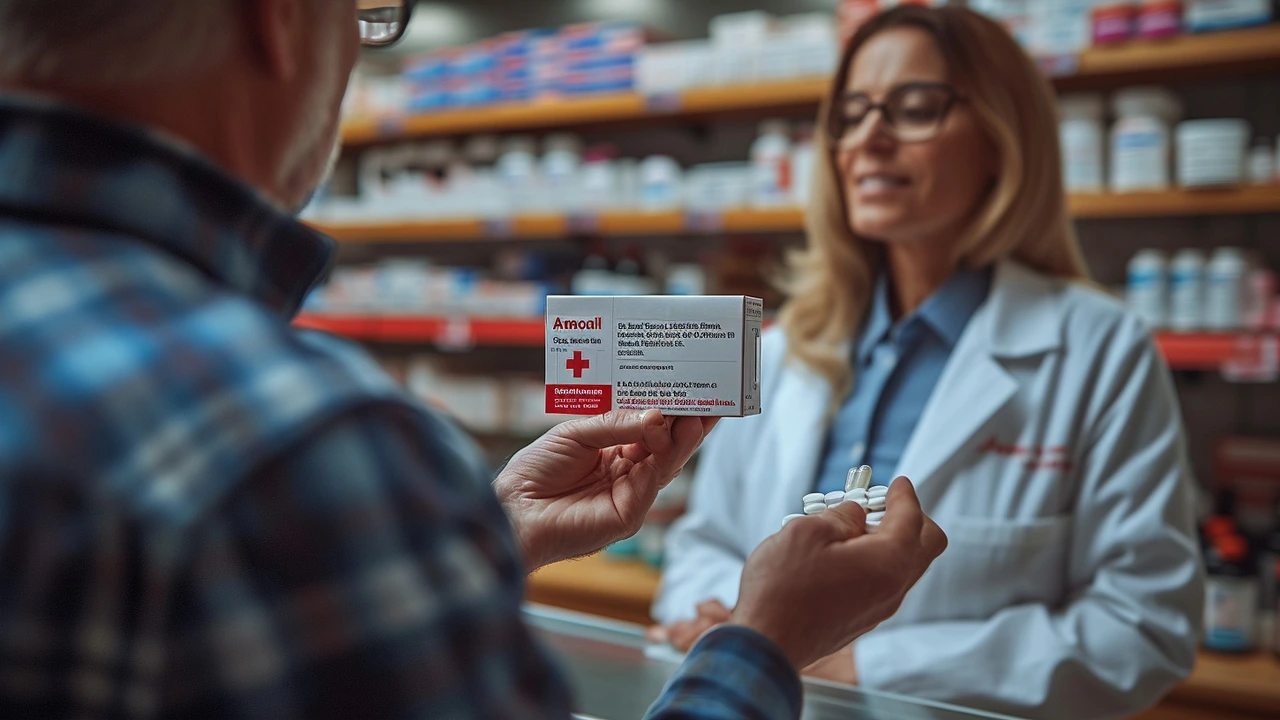Drug Interactions: Spot Risks Before They Hit You
If you take more than one prescription, an over‑the‑counter pill, or even a regular coffee, chances are something could clash. A drug interaction isn’t just a fancy term – it’s the reason why headaches, nausea, or worse can show up out of nowhere.
Why Interactions Happen
Your body processes medicines with enzymes in the liver. Some drugs speed that process up, others slow it down. When one drug changes how another is broken down, you might get too much of a medicine or not enough. Food can act the same way – think grapefruit juice turning a blood‑pressure pill into a nightmare.
Even “harmless” supplements matter. Ashwagandha, CBD, or high‑dose vitamin C can bump into prescription meds and shift their effects. The result? Unexpected drowsiness, rapid heartbeats, or your condition not being controlled.
Practical Ways to Avoid Bad Mixes
1️⃣ Make a master list. Write down every pill, herb, and vitamin you use. Include dosage and timing. A quick glance before you refill a prescription can catch a new conflict.
2️⃣ Ask the pharmacist. Pharmacists see dozens of combos daily. Tell them about any new drug or supplement – they’ll flag problems faster than a Google search.
3️⃣ Use online interaction checkers. Sites like Drugs.com or our own SafeGenericPharmacy.net have easy tools where you type in two names and get a clear warning if they don’t play well together.
4️⃣ Watch for red‑flag symptoms. Sudden dizziness, rash, swelling, or weird heartbeats after starting a new drug could mean an interaction. Stop the med (if safe) and call your doctor.
5️⃣ Separate timing when possible. Some meds only need to be spaced out by a few hours. For example, take iron supplements at least two hours apart from antibiotics to keep absorption high.
Remember, not all interactions are deadly – many just make you feel off. The goal is to catch them early and adjust doses or switch drugs if needed.
On SafeGenericPharmacy.net you’ll find articles that dive deeper into specific combos: ACE inhibitors with antidepressants, how Orlistat mixes with certain vitamins, or why mixing Motrin with some antibiotics isn’t a great idea. Browse the Drug Interactions tag to see real‑world examples and get step‑by‑step tips.
Bottom line: stay curious about what you put in your body. A quick check today can save a lot of hassle tomorrow. Keep that master list handy, lean on your pharmacist, and use reliable online tools – your health will thank you.

